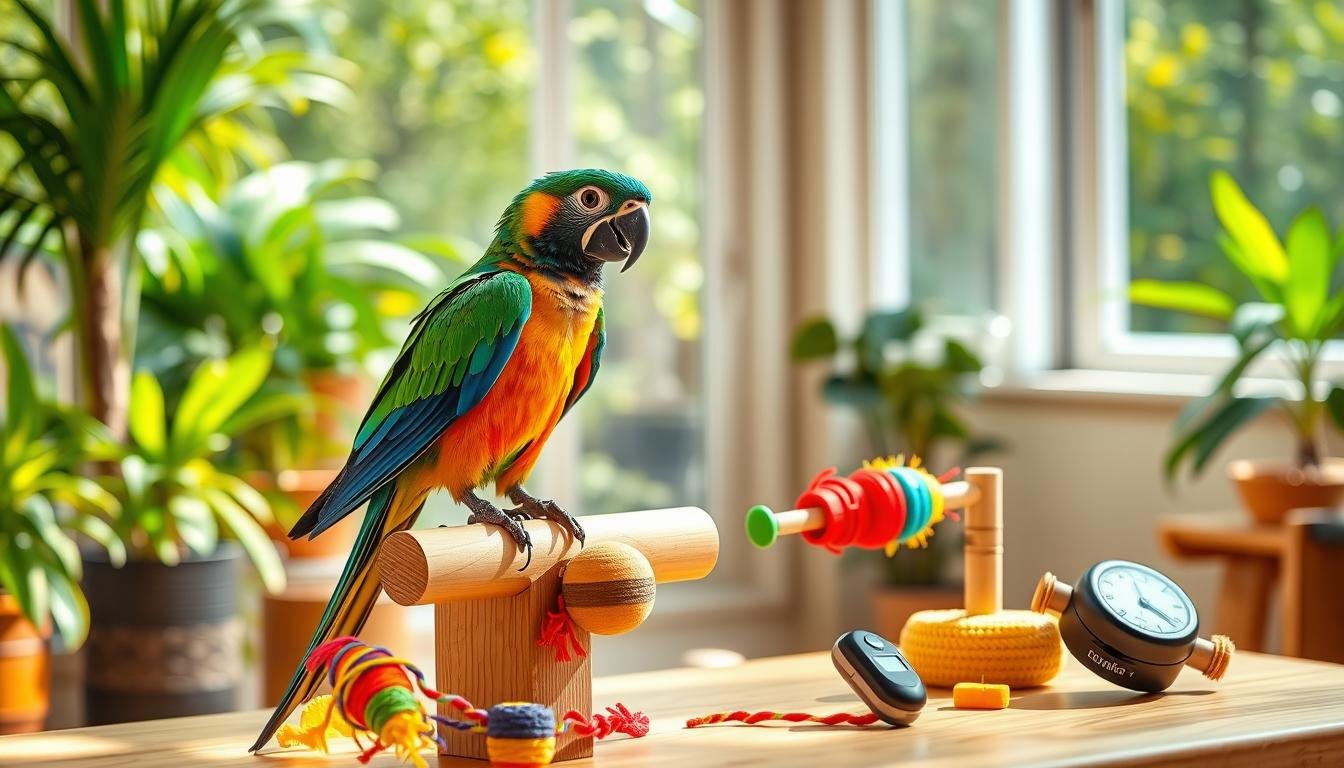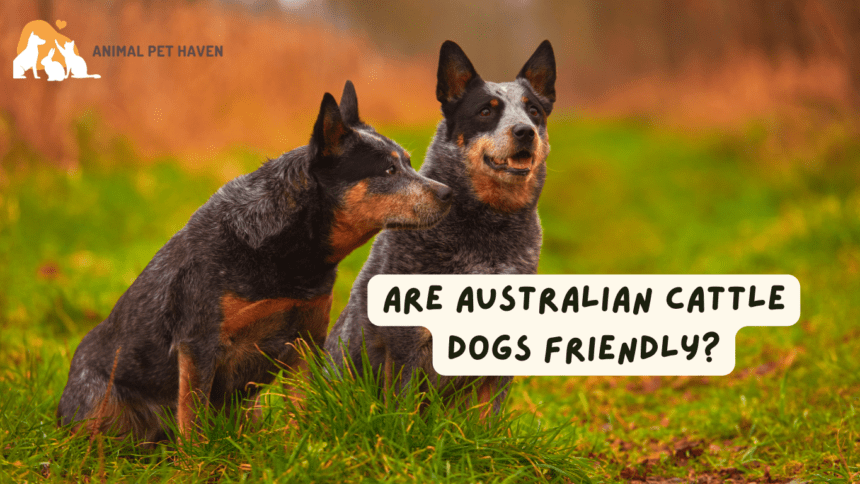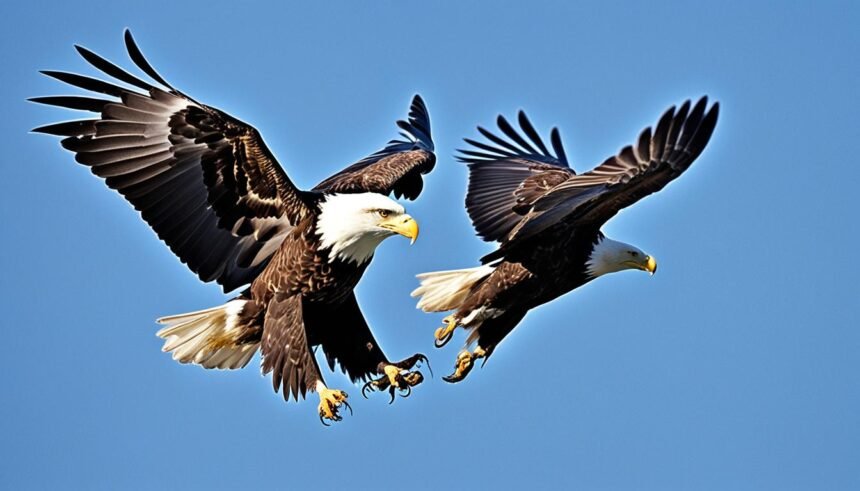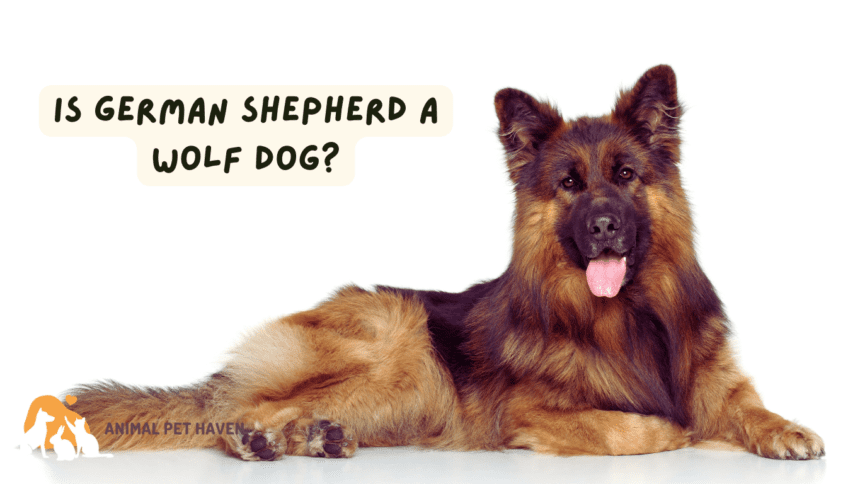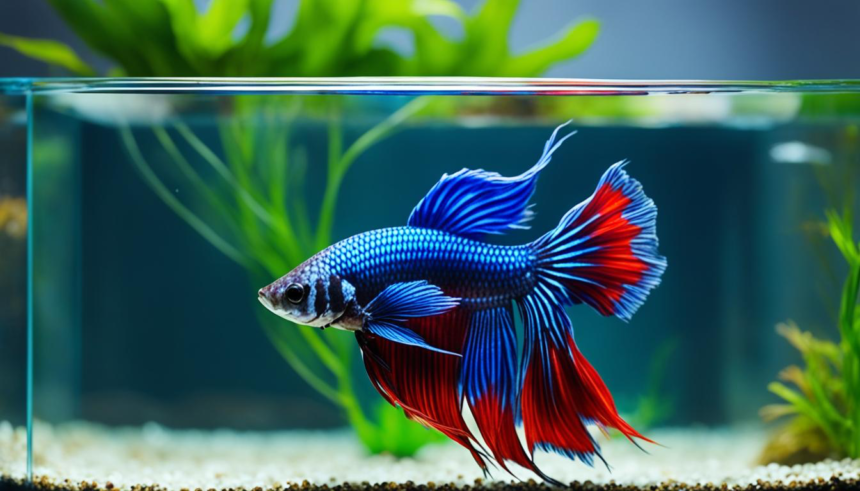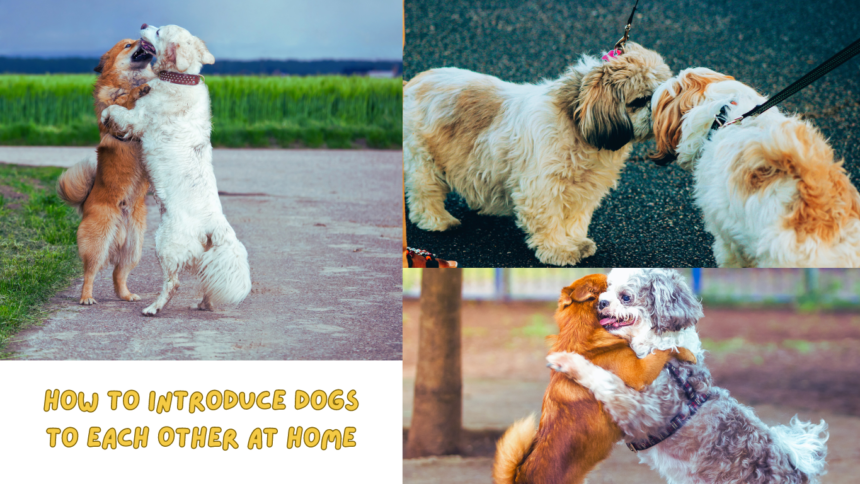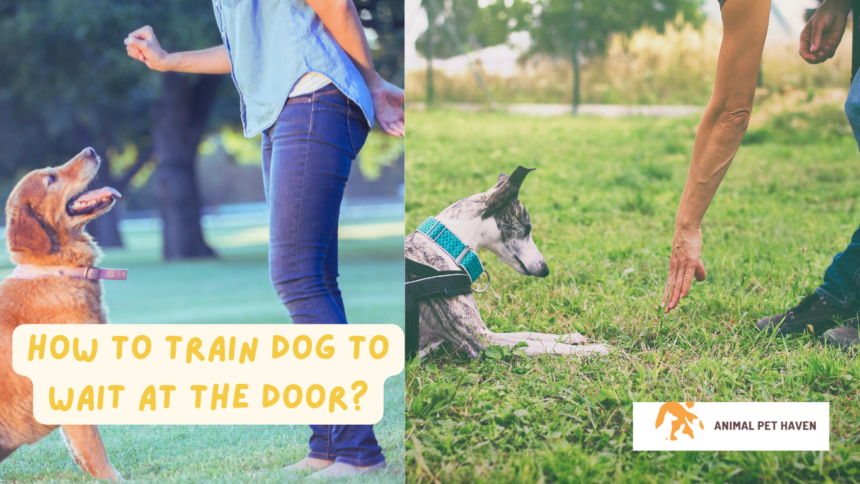Training a parrot needs dedication, patience, and understanding. As a parrot owner, you’ll find that training is more than just commands. It’s about building a strong bond with your feathered friend.
Effective parrot training uses positive reinforcement. This method taps into your bird’s natural smarts. It makes your interactions meaningful and fun.
Experts suggest starting with simple training that fits each parrot’s unique personality. Whether you aim for communication, social skills, or behavior control, be consistent and gentle.
Training your parrot is about more than tricks. It’s about understanding each other better. Every session is a chance to grow closer and build trust.
This guide will teach you key parrot training strategies. You’ll go from beginner to confident trainer. Get ready to unlock your parrot’s full abilities with love and care.
Understanding Different Parrot Species and Their Training Needs
Choosing the right parrot is all about knowing the unique traits of each species. Each parrot has its own personality, smarts, and training needs. This makes your home a special place for them.
Common Pet Parrot Species: Personality Profiles
When picking a parrot, consider several things. Smaller and larger parrots offer different experiences for bird lovers:
- Cockatiels: Friendly and social, great for beginners
- African Grey: Known for their smartness and talking skills
- Macaws: Colorful, lively birds with bold personalities
- Parrotlets: Small but lively birds with big spirits
- Parakeets: Fun and easy to train
Species-Specific Training Considerations
Training methods differ for each parrot type. An African Grey needs more brain work than a cockatiel. Macaws need constant activity and complex interactions.
“Understanding your parrot’s natural behaviors is the key to successful training” – Avian Behavior Experts
Natural Behaviors and Intelligence Levels
Intelligence levels vary among parrots. African Greys are very smart, solving problems like kids. Smaller parrots like parrotlets are full of energy but need special training.
| Parrot Species | Intelligence Level | Training Difficulty |
|---|---|---|
| African Grey | Very High | Complex |
| Macaw | High | Intermediate |
| Cockatiel | Medium | Easy |
Essential Equipment for Parrot Training
Starting bird training right means choosing the best gear. A good cage and the right tools can really help your parrot learn and grow.
- Training cage for focused sessions
- Sturdy perch for comfortable positioning
- Target stick for guided interactions
- Clicker for positive reinforcement
- Training stand for structured learning
The training cage is a special place for learning. It should be big enough for your bird to move but small enough to keep distractions out.
“The right equipment transforms bird training from a challenge to an enjoyable experience” – Avian Training Experts
Now, let’s look at the most important training tools:
| Equipment | Purpose | Key Considerations |
|---|---|---|
| Perch | Training base | Non-slip, comfortable diameter |
| Target Stick | Directional guidance | Extendable, lightweight |
| Clicker | Reward marking | Consistent sound, easy to use |
| Training Stand | Structured learning environment | Adjustable height, stable base |
Invest in quality training equipment for a positive and engaging bird training experience. It will help your bird learn and strengthen your bond.
Creating the Perfect Training Environment
Successful parrot keeping starts with a well-prepared training space. A good environment boosts your ability to tame and train your parrot. It makes each session more effective.
To create the perfect space for your parrot, consider a few key points. These will help you train your parrot inside with great success.
Setting Up a Safe Training Space
When setting up a training area, safety and comfort for your parrot come first. Choose a quiet room with few hazards:
- Remove toxic plants and chemicals
- Ensure windows are closed or secured
- Remove small objects that could be swallowed
- Use a sturdy perch or training stand
Minimizing Distractions During Sessions
Good training needs focus from both you and your parrot. Make the environment calm by:
- Turning off televisions and loud devices
- Choosing a time with minimal household activity
- Keeping other pets in separate rooms
- Using soft, consistent background noise if needed
Temperature and Lighting Considerations
Parrots are sensitive to their environment. Keep the training space optimal with:
- Room temperature between 65-80°F
- Indirect natural light or soft artificial lighting
- Avoid direct drafts or extreme temperature changes
“A comfortable parrot is a trainable parrot” – Avian Training Experts
Remember, consistency in your training environment helps your parrot feel secure and focused during learning sessions.
How to Train Parrots: Basic Steps and Techniques
Training a parrot starts with knowing the basics. Taming a parrot needs patience, consistency, and a plan to build trust.
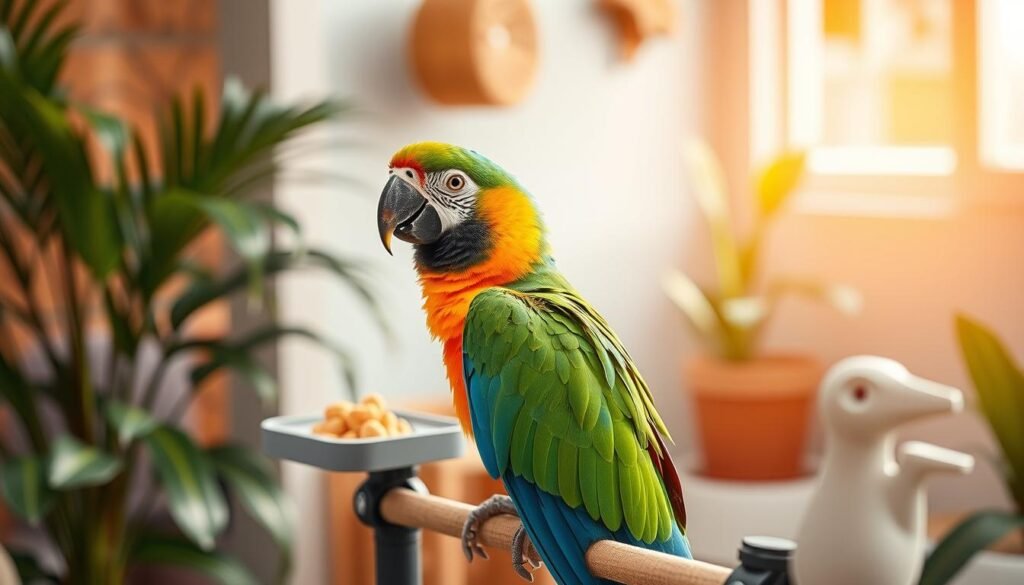
Begin by making a calm and positive space. Parrots are smart and do well with gentle, reward-based training.
- Establish a consistent training schedule
- Use short, frequent training sessions
- Always use positive reinforcement
- Keep training sessions fun and engaging
“The key to successful parrot tricks is understanding your bird’s unique personality and learning style.” – Avian Training Expert
Key steps for parrot training are:
- Build trust through gentle interactions
- Learn to read your parrot’s body language
- Use clear and consistent verbal cues
- Reward desired behaviors immediately
Patience is key in parrot training. Every bird learns differently, so don’t get frustrated if it takes time. The best training builds a strong bond between you and your parrot.
Start with simple commands and add more as your parrot gets better. Simple tricks like target training and step-up are great for beginners.
Positive Reinforcement Training Methods
Training parrots needs a gentle and effective way to build trust and encourage learning. Positive reinforcement training is the best method for a strong bond with your feathered friend.
Using Clicker Training Effectively
Clicker training is a powerful tool for parrot owners. It uses a small device that makes a distinct sound to mark good behaviors. Here’s how it works:
- Introduce the clicker as a reward signal
- Click exactly when the bird does the right thing
- Give a favorite treat right after the click
Choosing the Right Treats and Rewards
Picking the right reward is key in training. Not all treats are created equal. Here are some tips for choosing rewards:
- Choose small, nutritious treats that are easy to eat
- Change up the treats to keep things interesting
- Make sure treats are healthy and the right size
“The key to successful positive reinforcement training is finding what motivates your individual parrot.” – Avian Training Experts
Timing and Consistency in Training
Training needs precision and patience. Short, frequent sessions keep your parrot engaged. Aim for 5-10 minute sessions to avoid fatigue and keep them excited.
The best clicker training happens in a positive, stress-free environment. Make learning fun for your feathered friend.
Teaching the Step-Up Command
Teaching your parrot to step up onto your hand is key for trust and smooth interactions. This skill is the base of handling and bonding with your feathered friend.
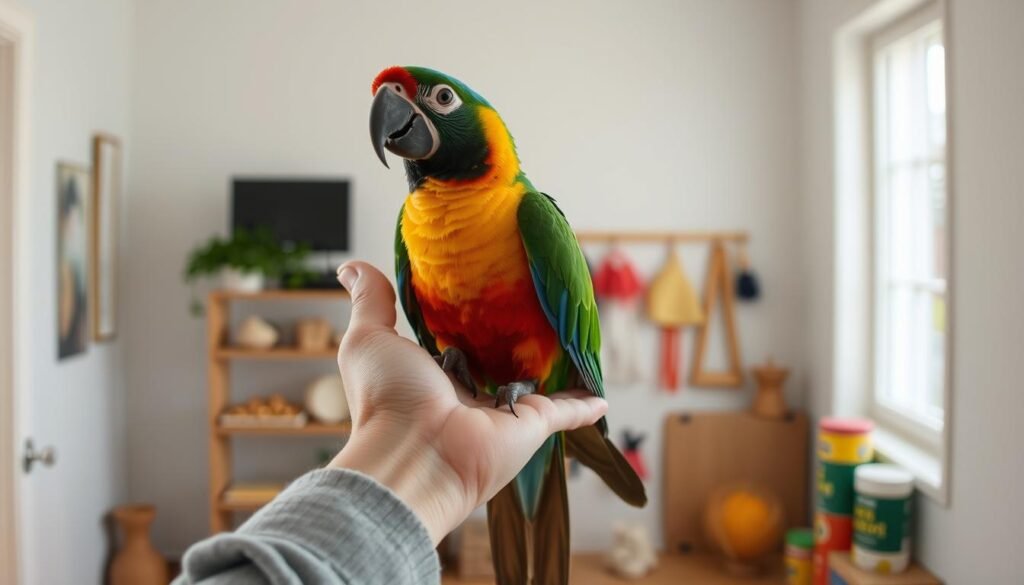
- Position your hand or finger at a slight upward angle
- Use a clear, consistent verbal cue like “step up”
- Approach the parrot gently from the side
- Encourage the parrot to step onto your hand naturally
“Patience and positive reinforcement are key to mastering the step-up command”
When training your parrot to step onto your hand, consider these critical techniques:
- Keep your hand steady and calm
- Reward successful attempts immediately
- Practice in a quiet, familiar environment
- Never force the parrot to step up
| Training Technique | Effectiveness | Recommended Frequency |
|---|---|---|
| Gentle Approach | High | Daily |
| Consistent Verbal Cue | Medium-High | Multiple Sessions |
| Positive Reinforcement | Very High | Every Successful Attempt |
Remember that each parrot is unique and may require different approaches to parrot stepping. Some birds learn quickly, while others need more time and patience.
Target Training for Beginners
Target training is a great way for parrots to learn new tricks and connect better with their owners. It involves teaching your parrot to touch or follow a target stick. This stick is a key tool in positive training.
Using a Target Stick Properly
Start with a light, easy-to-handle stick for target training. It should be comfortable for both you and your parrot. Hold the stick in a way that makes it easy for your bird to follow and touch it.
- Select a brightly colored stick for visibility
- Keep the target stick about 1-2 inches from your parrot
- Reward immediate contact with a treat
Progressive Training Steps
Target training needs patience and regular practice. Start by introducing the target stick and rewarding any interaction. Then, make the tasks more challenging, like having your parrot hold the stick or move to different spots.
| Training Stage | Goal | Difficulty Level |
|---|---|---|
| Initial Contact | Touch target stick | Easy |
| Follow Target | Move toward stick | Medium |
| Advanced Targeting | Complex movements | Challenging |
Common Target Training Mistakes
Avoid these mistakes in target training:
- Moving the stick too quickly
- Failing to bite the stick consistently
- Inconsistent reward timing
- Not practicing regularly
“Patience and positive reinforcement are the keys to successful target training.” – Avian Training Expert
With commitment and the right method, target training can greatly improve your bond with your parrot. It makes communication more natural and fun.
Preventing and Managing Biting Behavior
Many parrot owners face the challenge of biting behavior. It can be tough and upsetting. To tackle this issue, it’s key to understand why a parrot might bite. Parrots use their beaks to communicate, but biting can signal deeper problems.
There are several reasons why a parrot might bite:
- Fear or feeling threatened
- Territorial protection
- Hormonal changes
- Lack of proper socialization
- Pain or discomfort
“A parrot’s bite is rarely random – it’s always a form of communication.” – Avian Behavior Expert
To manage biting, building trust and using positive reinforcement is essential. If your parrot tries to bite, stay calm. Avoid sudden movements that could make things worse.
Here are some ways to prevent biting:
- Watch for warning signs like raised feathers or pinned eyes
- Introduce new things slowly
- Handle your parrot gently
- Keep up with consistent training
- Respect your parrot’s space
Experts say creating a stable environment is vital. Learn your bird’s body language and set clear rules. This can greatly lower the chance of biting.
Advanced Training Techniques and Tricks
Training your parrot is more than just basic commands. It’s about mastering advanced techniques that challenge and engage your feathered friend. Flight training and trick training need patience, creativity, and knowing your bird’s limits.
Begin advanced training with trust and basic obedience. Complex tricks need small steps and lots of positive feedback.
- Target training for complex movements
- Teaching vocabulary and speech patterns
- Flight recall and navigation skills
- Performance-based trick sequences
Flight training is special. Parrots need to get used to flying in safe, controlled areas. Start in a safe space and then let them fly further.
| Training Technique | Difficulty Level | Time Investment |
|---|---|---|
| Basic Vocabulary | Easy | 2-4 weeks |
| Complex Tricks | Moderate | 4-8 weeks |
| Flight Recall | Advanced | 8-12 weeks |
“The key to train your bird successfully is understanding their unique personality and learning style.” – Avian Training Expert
Always put your parrot’s safety and comfort first in advanced training. Some birds might learn tricks slower. So, be patient and celebrate every small win.
Building Trust and Maintaining Progress
Successful parrot ownership is about building a strong bond with your feathered friend. It takes patience, observation, and consistent effort. This helps create a deep connection with your parrot.
Building trust is key in parrot training. Every interaction helps your bird feel safe and comfortable. Avian behaviorists suggest a careful plan to build this trust.
Reading Parrot Body Language
Understanding your parrot’s body language can change your training. Look for these important signs:
- Feather positioning shows mood
- Tail and wing postures matter
- Eye dilation and head tilting are clues
- Vocalization patterns are important
Establishing Daily Training Routines
Consistency is vital in parrot care. Make a training schedule that fits you and your parrot:
| Time of Day | Training Focus | Duration |
|---|---|---|
| Morning | Basic commands | 15-20 minutes |
| Afternoon | Trick learning | 10-15 minutes |
| Evening | Bonding activities | 15-20 minutes |
Tracking Training Progress
Watching your parrot’s growth helps you adjust your training. Keep a log of:
- New skills learned
- Behavioral improvements
- Challenges faced
- Emotional responses
“The length of your parrot’s training journey depends on your commitment and understanding.” – Avian Training Expert
Every parrot is different. Tailor your training to fit your bird’s personality and learning style. With patience and positive reinforcement, you can build a lasting bond.
Conclusion
Training a parrot is a rewarding journey that needs dedication and understanding. Your parrot will learn best with consistent, positive reinforcement. This approach respects their unique personality and intelligence.
Each parrot is different, and they need special attention and gentle guidance. This is why different types of training work best for each bird.
The key to successful parrot training is building a strong, trusting relationship. Parrots love interactive experiences that challenge their minds. These experiences strengthen their bond with their human companions.
Whether you’re working with a playful cockatiel or an intelligent African Grey, patience is key. It helps create a meaningful connection.
Professional trainers and avian experts suggest a systematic approach to training. Start with basic commands and progress slowly. Always put your bird’s emotional well-being first.
Resources from reputable organizations like the American Parrot Society can help. They offer additional support and advanced training techniques.
Remember, every parrot is unique, and training is an ongoing journey. By staying committed, observant, and compassionate, you’ll build a remarkable relationship. This relationship will bring joy and companionship to both you and your feathered friend.
FAQ
How long does it take to train a parrot?
Training time varies by species and bird. Basic training can take weeks to months. Daily sessions of 10-15 minutes help. African Greys and Macaws learn faster. Age, temperament, and socialization also play a role.
What is the best age to start training a parrot?
Start training when your parrot is 3-6 months old. Older parrots can also learn with positive methods. Young birds are more eager and adaptable, making training easier.
What equipment do I need to start training my parrot?
You’ll need a target stick, clicker, treats, a perch, and a quiet area. A training stand is helpful. Keep your parrot’s favorite treats ready for positive reinforcement.
How do I prevent my parrot from biting during training?
Build trust and understand body language. Never punish for biting. Recognize warning signs and use gentle training. Knowing why a parrot bites helps address the issue.
Can all parrot species be trained the same way?
No, each species has its own traits and learning style. Cockatiels, African Greys, Macaws, and Parakeets differ in intelligence and personality. Tailor training to the species and individual bird.
What is the most important training technique for parrots?
Positive reinforcement is key. Reward desired behaviors with treats, praise, or attention. Consistency, patience, and a clicker make training effective.
How often should I train my parrot?
Train in short, consistent sessions of 10-15 minutes, 1-2 times daily. Parrots focus better in brief sessions. Always end on a positive note to keep them motivated.
What is the first command I should teach my parrot?
Teach the “step up” command first. It helps your parrot step onto your hand or a perch. It’s essential for handling and building trust.
What treats work best for parrot training?
Use small, healthy treats your parrot loves but doesn’t get often. Seeds, fresh fruit, or training treats are good. Treats should be nutritious and given in moderation.
How do I know if my parrot training is successful?
Success is seen when your parrot responds to commands, shows trust, and learns behaviors voluntarily. Progress should be gradual, with your bird becoming more confident over time.

